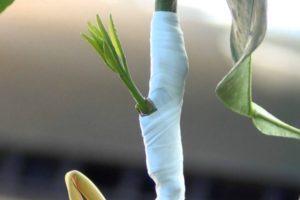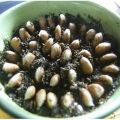Reasons why lemon leaves fall, what to do and how to revive the plant
Subtropical citrus plants are successfully grown at home today. Lemon is one of the popular plants, but it needs proper care to flower and bear fruit. If the leaves of a lemon turn yellow and fall off, then this is a signal of problems. In order for the plant not to die, it is important to know about the main reasons for such a deviation and how to correct the situation.
Reasons for falling ovary and leaves
There can be a lot of reasons for the appearance of a sign of yellowing and falling leaves in a lemon, but to solve the problem it is important to correctly determine it. If the plant throws off the green mass, then, probably, the rules of care were violated, it is in it that you need to look for the cause of abnormal behavior in the first place. This situation can also be associated with the negative influence of environmental factors or pests.
Improper care
Any plant needs to comply with the rules of agricultural cultivation. Care consists in ensuring the correct planting and growing place, sufficient lighting and watering, and timely feeding.
Any mistake in at least one of the listed points is fraught with the appearance of lemon health problems.
Overfilling and underfilling
Excessive watering leads to acidification of the soil, as a result of which its compaction occurs, and the access of oxygen is significantly hampered. As a result of a lack of oxygen supply to the roots, the processes die off, which leads to insufficient nutrition of the lemon. Experiencing a deficit, the tree begins to get rid of green mass and shed foliage.
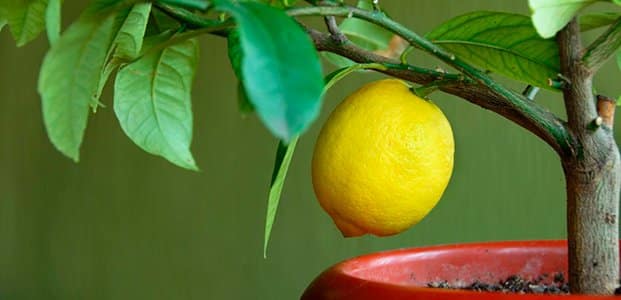
With insufficient moisture in the soil, the earth dries up, as a result of which the root processes also die off. The plant begins to experience problems with the movement of sap and sufficient nutrition, as a result of which a water saving program is activated, the result of which is shedding of foliage.
An adult plant is able to live in a state of stress with a lack of moisture for a month, but eventually dies without correcting the situation.
The plant also reacts negatively to sudden changes in watering conditions. If, after a long drought, the tree receives sharply excessive watering, then the reaction to stress is the shedding of greenery. If the soil is excessively dry due to the absence of a long watering time, the moisture frequency should be restored gradually. For this, the soil is watered with small portions of water at intervals of 2 hours. After 2, resume the normal frequency of watering.
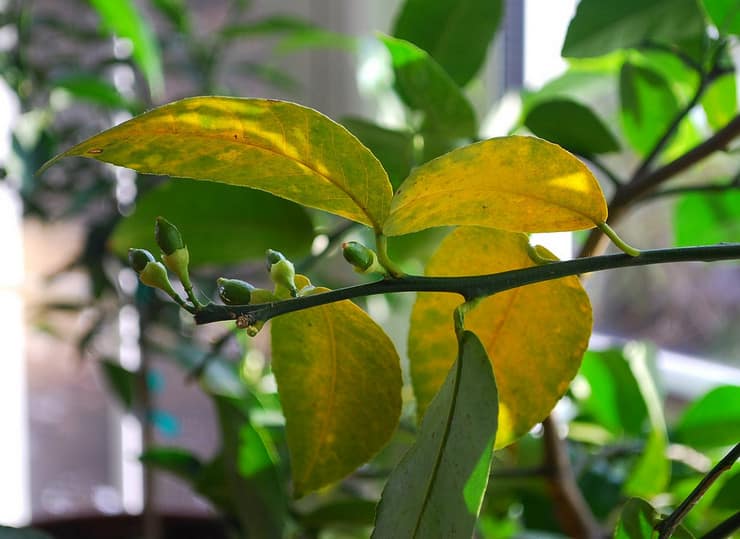
Watering with bad water
A common mistake made by beginner growers is to water the plant with tap water. As a result of such actions, liming of the soil occurs, salts accumulate in the soil, and lemons begin to wither. After saturation with salts, a white salt crust appears on the surface of the earth, which impedes the supply of oxygen to the root system. At the same time, it closes the drainage hole, blocking the possibility of removing excess moisture. Rainwater and melt water are considered the best for irrigation.
At home, warm boiled water is used for irrigation. The use of cold liquid is fraught with hypothermia of the roots. If possible, you can make reserves of water from a lake or spring, since in nature it is soft and does not contain a lot of salts.

Poor or depleted soil
Lemon intensively consumes nutrients from the soil, therefore, over time, it causes depletion of the soil.
Cold or too hot air temperature
Excessively high temperatures in summer negatively affect lemon growth. The optimum temperature for plant growth is +17 C, for fruit ripening +21 C. Higher values in combination with low air humidity will lead to sheet shedding. Lemon has a negative attitude towards changes, it is important for it about the same temperature of the soil and air. Foliage shedding is often observed in the autumn, when the tree is brought home from the open air.

Lack or excess of fertilizer
With a lack of nutrients, lemon leaves begin to turn yellow, changes are observed in the area of veins. Low flower formation and leaf fall indicate that there was too much of the possible applied complex of drugs.
The wrong place for the plant
In insufficient light, the lemon slows down and can wither away, therefore, sunny southern sides are chosen for its placement. In this case, in the summer it is necessary to shade the bush, preventing direct rays from falling on it. The tree does not like permutations, so you should think about its location in advance. It is recommended to turn it a little every 15 days so that the crown is formed evenly on all sides.
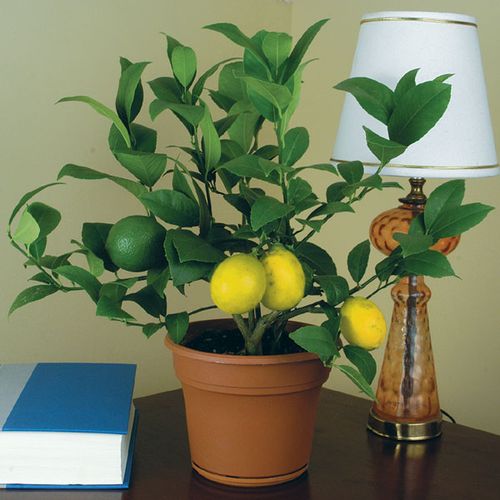
Lack or excess of light
The reason for the leaves falling off may be poor lighting. If there is not enough natural light, the plant automatically starts the foliage shedding program. In winter, it is recommended to arrange additional illumination with a fluorescent lamp for 5-6 hours.
Proximity of heating devices
The reason for leaf fall in winter is often too high room temperature and excessive dry air. To avoid overheating during the heating season, the bush should not be placed near radiators. If it is impossible to move the pot, lower the temperature of the battery or cover it with a thick blanket. Spraying regularly will reduce the risk of foliage shedding.
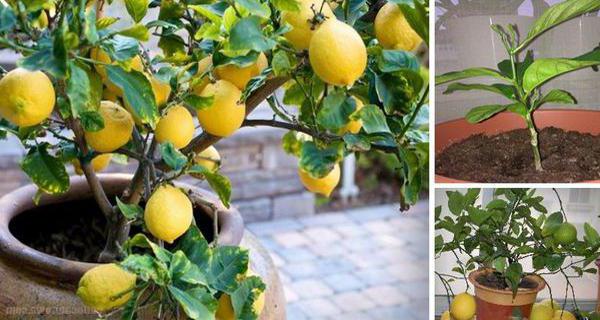
Diseases
Falling leaves can be associated with infection of the plant with a fungus or a viral disease. The most common are homoz, scab, leaf mosaic, cancer, tristeza.The last two types are not treatable. The most common problem occurs with weakened trees that have been improperly maintained.
Pests
The yellowing of the leaves and their further abscission may be the result of parasite infestation, most often it is associated with aphids or spider mites. When damaged by the latter, the plant becomes covered with a whitish bloom. To combat the pest, a water procedure is arranged for lemon, the plant parts are rinsed with warm water and sprayed with a directed chemical, for example, Fitoverm.

When infested with aphids, pests concentrate on the lower surface of the leaves. In this case, they are removed mechanically and special preparations are used, for example, "Tanrek".
Symptoms
You can understand about the presence of problems with lemon by the appearance of the bush. It begins to wither, the leaves lose their glossy shine and begin to dry. The nature of the tree's behavior can determine the source of the problem
Blackening of leaf tips
The appearance of a dark area at the edge of the sheet plate is most often associated with low humidity and high room temperatures. Excessive watering and the use of hard water leads to this situation. The quality of penetration of the liquid into the ground should be checked, often the top layer is covered with a hard crust and does not allow it to penetrate inside.
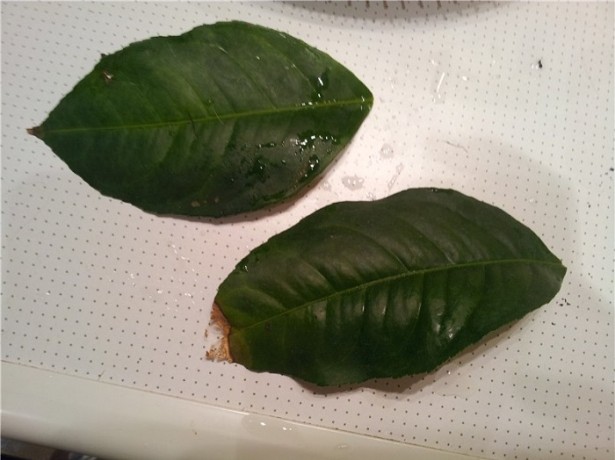
Spots on the leaves
If the leaves turn yellow and dry from the end, then, with a high degree of probability, the plant has caught an infection or pests overcome it. By the nature of the spots, you can determine the type of problem:
- with an invasion of the scale insect, the leaves are covered with yellow spots, which gradually grow;
- when affected by a tick, numerous small dots form on the leaf plates;
- with fungal diseases, yellow-brown formations are formed, which eventually turn into scabs.
Problems most often arise when the soil was poorly treated before planting. For the fight, drugs with a special action against infections or pests are used.
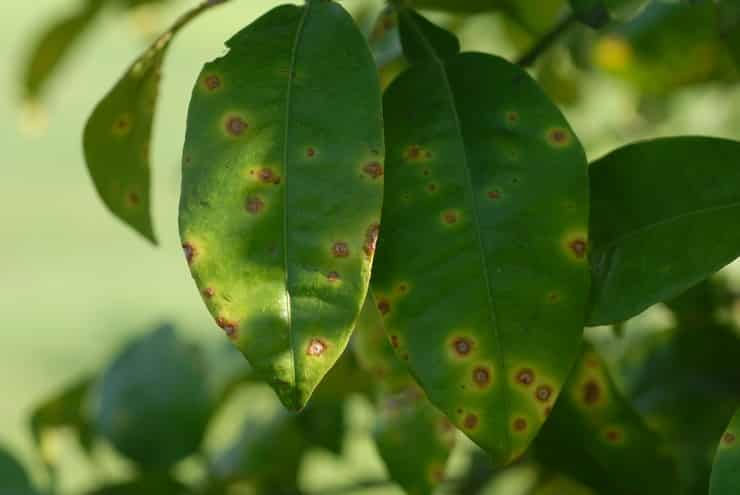
Rolling the leaves
Curling of leaves can occur due to cold watering. In summer, this can be a reaction to hot weather and lack of air humidity. Often, an anomaly is observed with mineral starvation. To do this, it is important to understand which element is missing. This can be determined by the appearance of the twisted leaves:
- calcium - leaves lose color;
- magnesium - paleness is observed between the veins, the leaf plates acquire a variegated color;
- boron - leaves look withered, while watering does not change the situation in any way.
Twisting problems are also common in plants affected by spider mites and aphids.
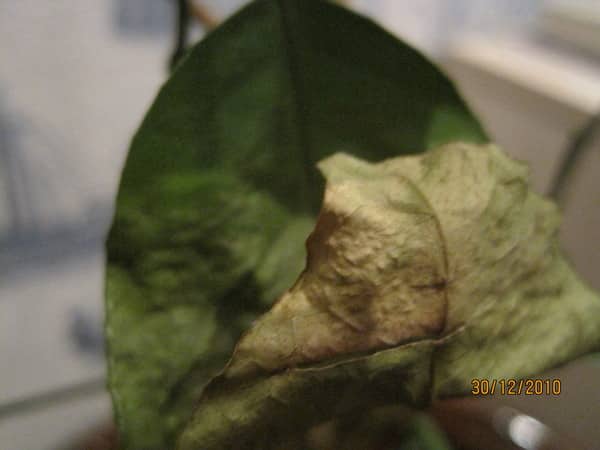
Drying twigs and green leaves
Problems with the root system often lead to drying. This may be due to excessive watering and the beginning of decay of the processes. This situation can also indicate infection with a fungal disease or be a consequence of transplanting into a large pot, when the soil was selected incorrectly. To eliminate the risk of infection of the plant with a fungus, the plant should be treated with a fungicide.
Shedding color and fruit
If the lemon withers and sheds fruit, then in this way it can react to a change of scenery. Regardless of the quality of care, when the plant is moved to a new location, shedding is likely to occur. The reasons for this situation may also be the inability of the tree due to its age to withstand the fruits, depletion of the soil, the plant's need for more lighting or watering.
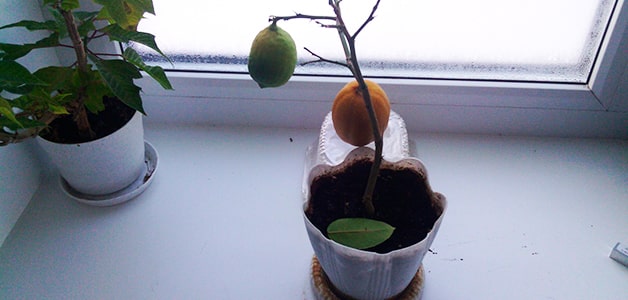
How to revive a tree
Reanimating a lemon tree is a tricky business. The main problem of how to revive a plant is to correctly determine the causes of what happened.If the lemon has dried up due to insufficient watering, then attempts are made to restore the root system. There is a certain algorithm of actions that will help you understand what to do in such a situation.
To begin with, the plant is removed from the pot, and the roots are soaked for 5 hours in a solution of "Heteroauxin".
First, you need to clear them from the ground and remove damaged processes. Next, the plant is planted in a pot, leaving the root collar 3 cm above the ground. Cover the crown with a plastic bag, providing further periodic ventilation. The soil is moistened with a nutrient solution. After 7 days, the tree is sprayed with "Zircon" and the soil is watered abundantly
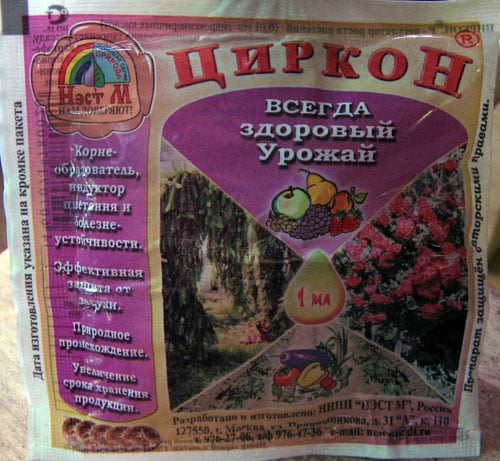
We saturate citrus with micro- and macroelements
You can revive the plant only when using high-quality soil. After transplanting, it is not recommended to feed the tree with fertilizers for 2 months. To prevent soil depletion during the year, the plant is fed with mineral and organic means. The following rules are recommended:
- in the spring, nitrogen-containing fertilizers are applied;
- in the summer, complex fertilizing is carried out at regular intervals;
- in the fall, nitrogen and organic matter are removed, the rate of potash fertilizers is increased.

When adding the drug, the manufacturer's recommendations should be followed.
We take care of the plant correctly
It is important for a plant to ensure timely watering and periodically loosen the soil. In winter, it is good to provide additional lighting. Feeding the plant with mineral and organic fertilizers is carried out on a regular basis, focusing on the season.
Choosing the best place for the lemon
For placement, choose a sunny south side. The absence of a nearby heating system is desirable. The place must be protected from drafts and have a minimum passability.
We establish irrigation and regulate watering
Lemon needs moderate watering. This means that after the soil in the pot dries up, the soil is moistened not immediately, but only after 3 days. Air humidification and irrigation have a positive effect on plant growth.

We fight infections and insects
To prevent infection, use high-quality soil and once a year carry out preventive washing of the shoots with soapy water. To combat lemon diseases, targeted drugs are used.
What to do with citrus after purchase so that it does not fly around
After purchase, the plant is freed from the packaging that fixes the roots. For an annual plant, take a container with a volume of 0.5-1 liters, for a two-year-old plant, you can take 2 liters. A drainage layer is laid out at the bottom of the pot, the soil is covered and the roots of the tree are deepened, leaving the neck at the level of the soil. The plant is abundantly moistened and a layer of humus is formed on top of the soil. To reduce the stress level, the lemon crown is covered with polyethylene or a glass cover. After a couple of days, spraying with "Epin" or "Zircon" is carried out.
How to prepare a plant for transfer from street to window
Indoor lemon must be moved into the house before the onset of frost. The temperature drop will become stress for the plant, so they move it in several stages. To begin with, the tree is transferred to a cooler room, for example, to the veranda. After a couple of days, it is moved to a room, the temperature of which is also recommended to be reduced to outdoor indicators.

